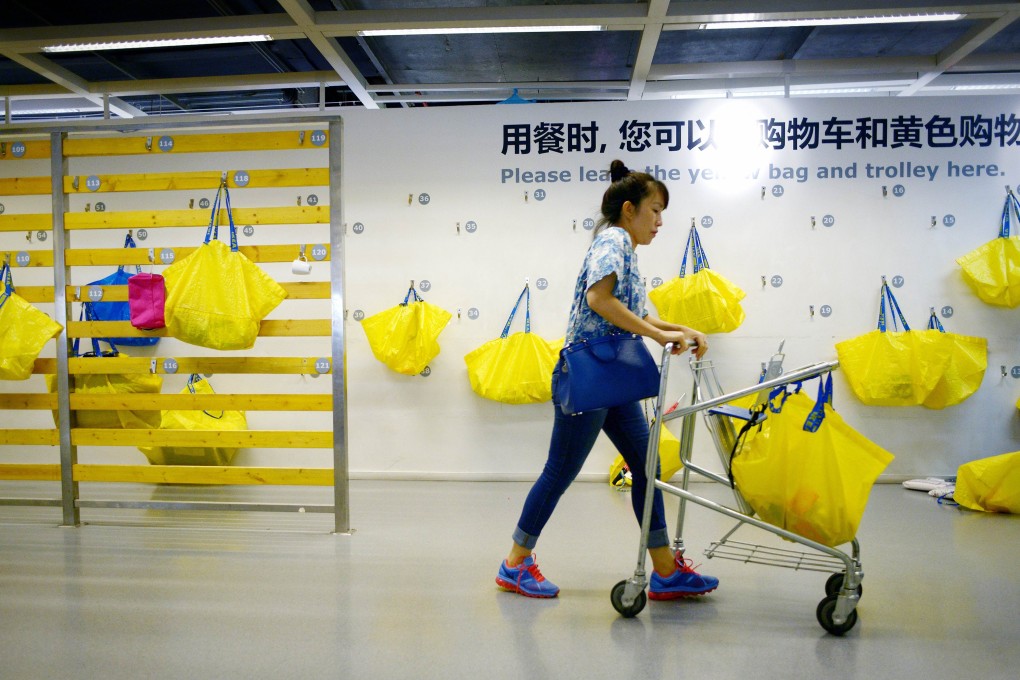China's 'new normal' of slower growth is to be welcomed
Yao Yang says the rate will remain robust over next decade amid rebalancing

China's economy is, at long last, undergoing a rebalancing, with growth rates having declined from more than 10 per cent before 2008 to roughly 7.5 per cent today. Is this China's "new normal", or should the country anticipate even slower growth in the coming decade?
China's rebalancing is apparent, first and foremost, in the export sector. Export growth has slowed from its 2001-2008 average of 29 per cent annually to below 10 per cent, making foreign demand a far less critical engine of growth.
Moreover, manufacturing employment and output, as a share of the total, began to decline last year. In fact, in the first half of this year, services accounted for more than half of total economic growth. It is no surprise, then, that China's current-account surplus has shrunk rapidly, from its 2007 peak of more than 10 per cent of gross domestic product to about 2 per cent of GDP today.
This rebalancing has helped to improve China's income distribution. Indeed, in recent years, labour's share of national income has been on the rise.
That has meant greater regional balance as well: the coastal provinces, which produce more than 85 per cent of the country's exports, are experiencing the most pronounced slowdown, while inland provinces have maintained relatively high growth rates.
Two principal factors are driving this shift. The first is the decline in global demand in the wake of the 2008 financial crisis, which has forced China to adjust its growth model sooner than anticipated. The second is China's ongoing demographic transformation. The share of working-age people in the total population has been declining since its 2010 peak of 72 per cent. And the absolute number of working-age people has been falling since 2012.
At the same time, China is undergoing rapid urbanisation, with some 200 million people having left the agricultural sector in 2001-2008 to seek urban jobs. More recently, however, the pace of migration has slowed substantially.